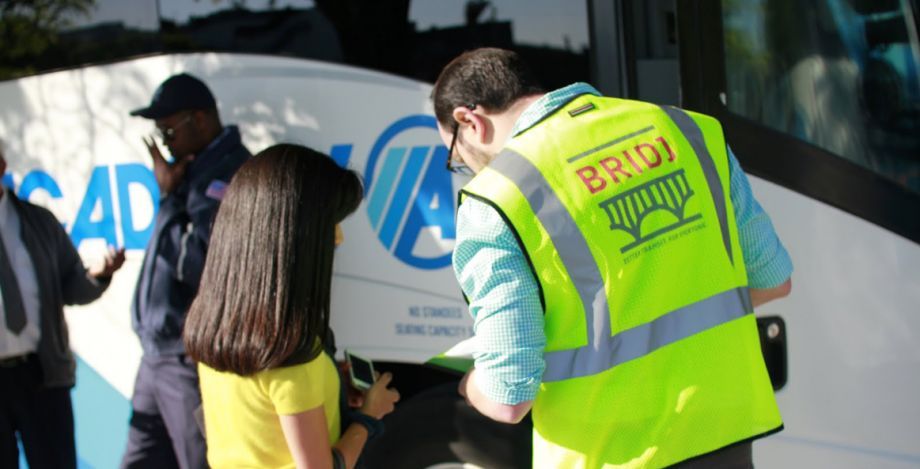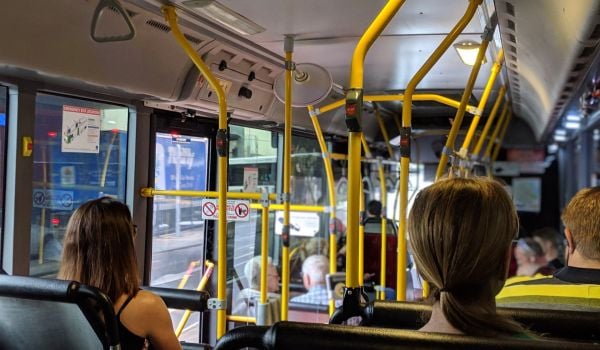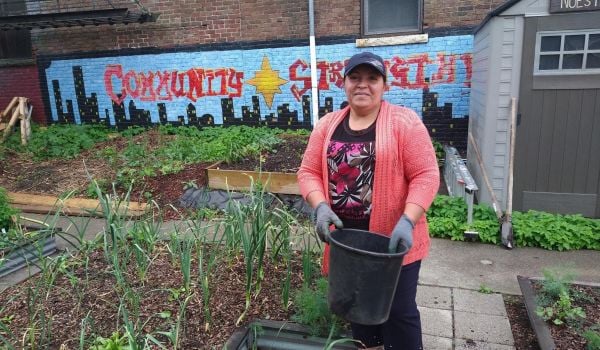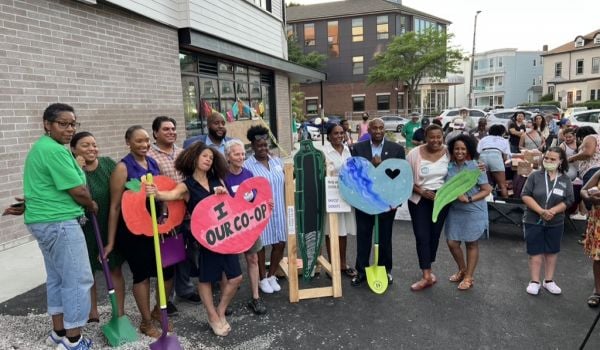“Is everybody comfortable with the temperature?” It was 8:25 a.m. — sharp — and Matthew George, a boyish young man wearing glasses and a fluorescent vest, looked out at the 20 passengers inside the coach bus. We were sitting on a side street near Coolidge Corner in Brookline, an affluent part of Greater Boston. No one protested, so George signaled to the bus driver to begin our trip through Brookline’s leafy streets to our destination: Kendall Square in Cambridge, home to MIT and a glut of startups and tech companies.
This was one of the first trips made by Bridj, a new “data-driven” bus service, which launched its trial period last week. (They are partnering with Academy Bus, which provides the vehicles and the drivers.) George, the company’s CEO, says they have collected millions of data points — from sources ranging from government to social media — to answer one basic question: Where do people need to go? Based on where the city’s denizens live and work, they plan to eventually establish at least 30 routes in the Boston area, providing a purportedly more convenient, somewhat costlier alternative to public transit. For now, it’s free, but when fully launched, it will cost $5-6 per ride, with discounts for monthly passes. The MBTA, Boston’s transit system, charges a maximum of $2.50 per ride for the subway and $2 for the bus, with discounts for passes, students, the elderly, etc.
Bridj also sells itself as a cut above the MBTA in terms of comfort and sophistication. It has proprietary technology to monitor traffic and adjust the route as needed; it offers free wi-fi, no stops, and deliberately keeps the buses less than full. And when was the last time a city bus driver asked if you were too cold?
Full disclosure: I am a huge fan of public transit. I love the widespread affordability, the environmental sustainability, the passenger diversity. So when I heard about Bridj, I was intrigued but wary. Was this a supplement to my beloved buses and subways or was it competition? Would its customers be lured from the T or from their cars? I wondered if it would add or subtract traffic from the road — and the same question goes for dollars from the MBTA’s coffers. (Bridj posed a threat in another way: The company recently poached David Block-Schachter, a star transportation scientist, from the MBTA after a tenure of just a few months.)
According to George, 60 to 70 percent of his customers in the first week were frustrated transit users, while the rest either drove to work or took taxis or Uber. One passenger on my trip, Sarah Batson, had taken Bridj the previous day for the first time. Before, she would take the subway to a bus, followed by a 15-minute walk. It usually ate up at least 50 minutes. Her trip on Bridj had taken half that time. “It’s pricier than the train, but it’s worth it because the commute was really wearing on me,” she told me. Though I was, in principle, a bit troubled by the idea of siphoning off wealthier customers from the T, I couldn’t begrudge Batson a less draining commute. (For the record, I did the reverse trip to get to the Bridj bus, taking the T from Kendall Square with one transfer. It took exactly 30 minutes, not much longer than Bridj; underground, after all, traffic is not an issue.)
George, a preternaturally energetic 24-year-old, founded Bridj’s predecessor, BreakShuttle, while still at Middlebury College in Vermont. The idea was to provide college students with more tailored mass transportation options to get home and back during holiday breaks. At the beginning of Thanksgiving break, say, buses would ferry students from campus to residential areas. When I suggest that the idea is similar to the Chinatown buses, George responds with a swift and emphatic “No.” His bus routes, he explains, were more granular, based on data about where students lived, rather than from one major city to another. The company now runs hundreds of buses at 35 universities.
So far, the response to Bridj has been impressive. The company has attracted venture capital funding from, among others, the backers of Zipcar. George said they had to turn away riders from the trial run. (They recruited customers by sending emails to the MIT community and accosting people on the street, among other methods.) And George is planning to expand to cities throughout the U.S. and beyond, though he declines to name any specific prospects.
Boston, after all, is something of an outlier in terms of the quality of its public transit. “Boston has a really fantastic system,” said George. He sees it as a place to “prove the concept,” and then take on cities where transit systems range from subpar to nonexistent. In that context, Bridj could play a very different role, potentially enticing more commuters out of their cars.
The company is planning to roll out an app that customers can use to buy tickets, and which would also collect data about users’ whereabouts. In this way, among others, Bridj will continually introduce and refine routes. They intend to eventually provide service for events, such as baseball games, which currently overwhelm the T.
“Institutional constraints that have been placed on public transit agencies have kept them from being able to innovate in ways that many people inside would like to,” said Block-Schachter, the Bridj scientist. “We can really experiment and work much more quickly in terms of implementing that data.” Ultimately, he believes, the innovation could benefit public transit.
At 8:50 — sharp — we arrived at the stop in Kendall Square, as it began to drizzle outside. George noted that we were right on time, though he said trips earlier this week had made it ahead of schedule. People started to gather their things and get ready to disembark. But first, George once again augmented his state-of-the-art data collection with a lower-tech approach: “By a show of hands, who wants a stop closer to the MIT campus?”
The Science of Cities column is made possible with the support of the John D. and Catherine T. MacArthur Foundation.
Rebecca Tuhus-Dubrow was Next City’s Science of Cities columnist in 2014. She has also written for the New York Times, Slate and Dissent, among other publications.

















